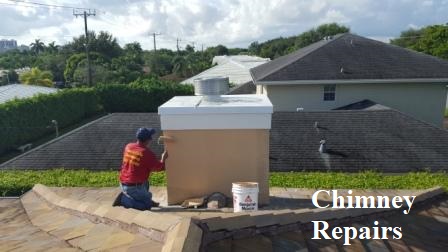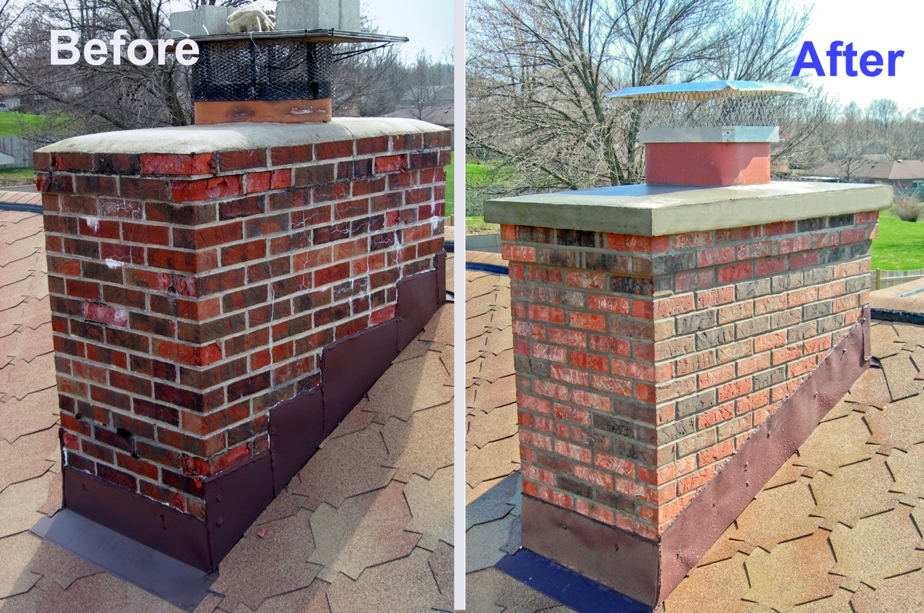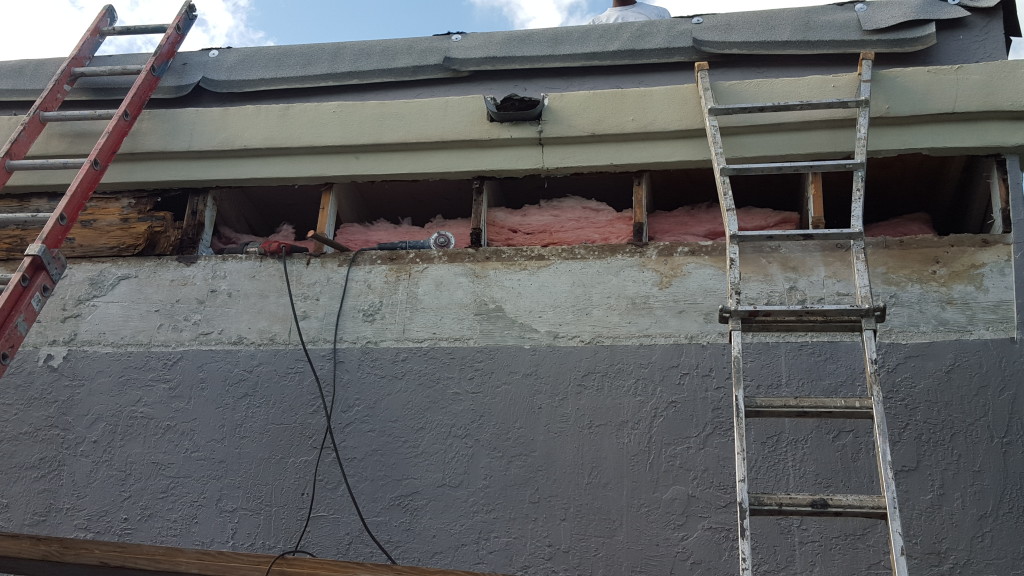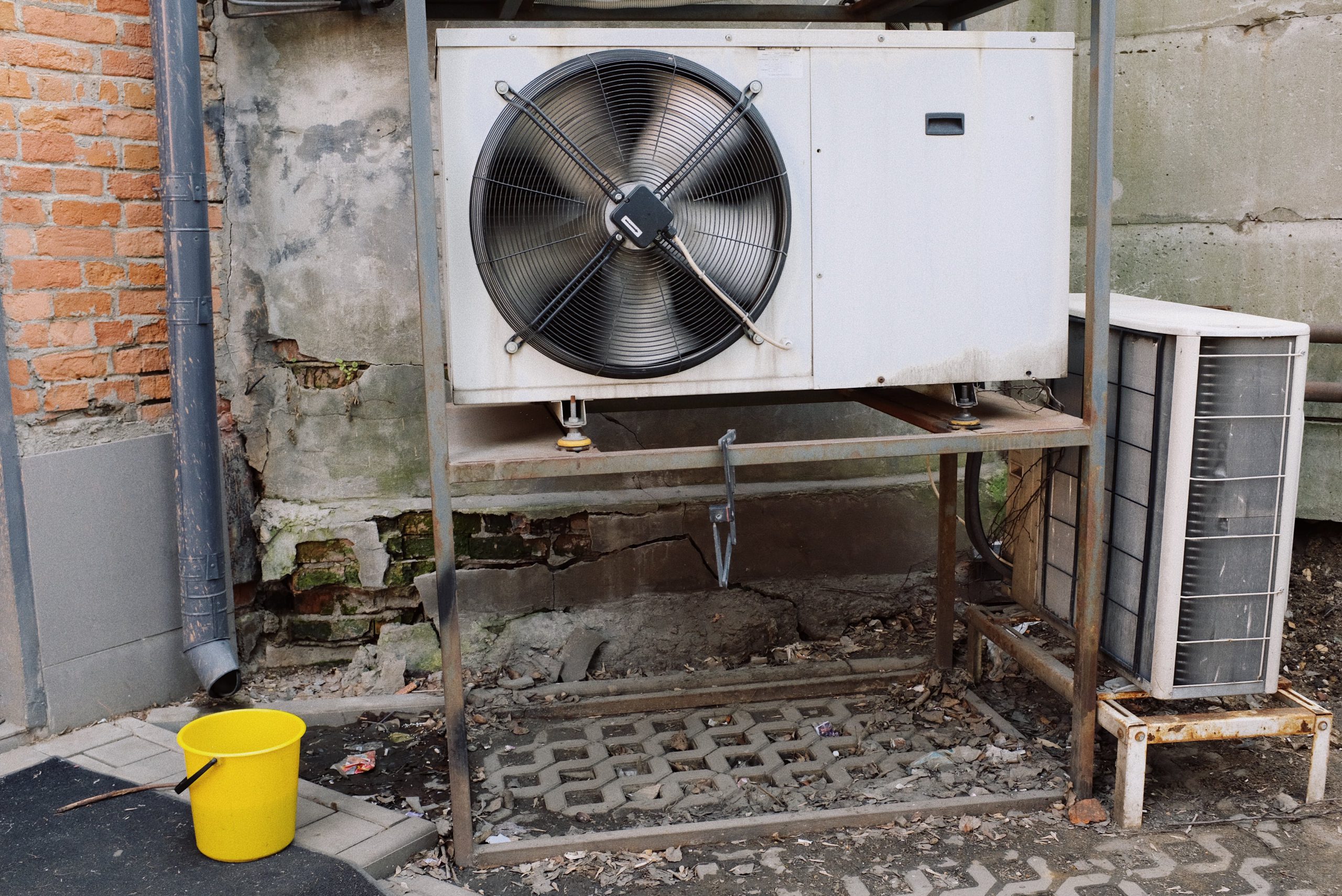
Chimneys have been an integral part of our homes for centuries, providing warmth, comfort, and a means to vent smoke and gases from our fireplaces and stoves. However, over time, these vital structures can become susceptible to various forms of damage, ranging from minor wear and tear to significant structural issues. Understanding the causes of chimney damage is essential for homeowners to maintain the safety and functionality of their chimneys. In this comprehensive exploration, we will delve into the common culprits behind chimney damage, providing homeowners with the knowledge they need to ensure their chimneys stand the test of time.
Moisture
One of the most pervasive and destructive elements that can damage a chimney is moisture. Rain, snow, and even humidity can penetrate the masonry or metal components of a chimney, causing a wide range of problems. Water intrusion often leads to:
a. Cracks and Erosion: Moisture can infiltrate the brick or mortar, leading to cracks and erosion. When water freezes and expands, it can cause these cracks to widen, accelerating the damage.
b. Rust: Metal components, such as the damper, liner, and flashing, can rust when exposed to moisture, weakening their structural integrity.
c. Efflorescence: As water evaporates from the masonry, it can leave behind mineral deposits, resulting in white, powdery streaks (efflorescence), which are not only unsightly but can also weaken the bricks.
d. Chimney Leaks: If the flashing around the chimney base or roofline becomes compromised due to moisture damage, water can infiltrate your home, causing expensive water damage and compromising your chimney's structure.
Creosote Buildup
Creosote is a highly flammable substance that results from the incomplete combustion of wood. It accumulates on the interior of a chimney's flue lining, posing a significant fire hazard. Creosote buildup can cause chimney damage in several ways:
a. Fire Hazards: Creosote is extremely combustible. A thick layer of creosote in the chimney can lead to chimney fires that may damage the flue liner and surrounding masonry.
b. Blockage: Over time, creosote buildup can narrow the flue, reducing airflow and hindering proper venting. This can lead to poor drafts, inefficient heating, and even carbon monoxide buildup in the home.
Lack of Maintenance
Chimneys, like any other component of a house, require regular maintenance to ensure their longevity and safety. Neglecting maintenance can lead to various forms of chimney damage:
a. Deteriorating Masonry: Failing to inspect and repair minor issues in the chimney's masonry can result in more extensive structural damage over time.
b. Damaged Chimney Caps and Crowns: The chimney cap and crown serve as the first line of defense against moisture and debris. Neglecting to repair or replace them can lead to water infiltration, further damage, and even the growth of vegetation within the chimney.
c. Uncleaned Chimney Flues: Failing to clean the chimney flue regularly can lead to creosote buildup, as well as the risk of chimney fires.
Freezing and Thawing Cycles
Chimneys are exposed to extreme temperature variations, especially in regions with cold winters. This can lead to a phenomenon known as the freeze-thaw cycle, which is particularly detrimental to masonry chimneys.
During freezing temperatures, water penetrates the chimney's bricks and mortar. When the temperature rises, this water expands as it freezes, causing the masonry to crack and deteriorate. Over time, these cracks can lead to significant structural issues and the need for extensive repairs.
Nearby Trees and Vegetation
Trees and other vegetation that are near a chimney can cause damage in several ways:
a. Falling Debris: Branches, leaves, and other debris can fall onto the chimney, causing physical damage or blocking the chimney's opening.
b. Root Intrusion: Tree roots can extend into the chimney's foundation and cause cracks, leading to structural issues.
c. Nesting Animals: Trees near the chimney can attract animals like birds and squirrels, which may build nests within the chimney. This not only obstructs proper ventilation but can also pose a fire hazard if the nests catch fire.
Structural Settlement
Over time, a house may settle or shift, causing the chimney to move as well. This can lead to a variety of issues, including:
a. Leaning Chimneys: When the chimney shifts or settles unevenly, it can develop a noticeable lean. This not only affects its aesthetics but also its stability.
b. Cracked Flue Liner: The flue liner can crack or separate from the chimney structure due to settlement, posing a risk of gas leaks and fire hazards.
c. Chimney Separation: In extreme cases, a settling house can cause the chimney to partially or completely separate from the structure, requiring extensive repairs or even a rebuild.
Improper Installation
Chimney damage can sometimes be traced back to improper installation practices. This includes issues such as:
a. Incorrect Sizing: An improperly sized flue or chimney can result in poor draft, inefficient heating, and a higher risk of creosote buildup.
b. Inadequate Clearances: Failing to adhere to the manufacturer's recommended clearances when installing a stove or fireplace can lead to overheating and damage to the chimney components and surrounding materials.
c. Poor Insulation: Inadequate insulation can cause condensation within the chimney, leading to moisture-related damage.
Conclusion
Chimneys play a vital role in our homes, but they are also susceptible to a wide range of damage. Understanding the culprits behind chimney damage is the first step in maintaining a safe, efficient, and functional chimney system. Regular maintenance, proper installation, and diligent upkeep are key factors in preserving the integrity of your chimney and ensuring its longevity. By addressing issues promptly and preventing common causes of damage, homeowners can enjoy the warmth, comfort, and safety that their chimneys provide for years to come.









